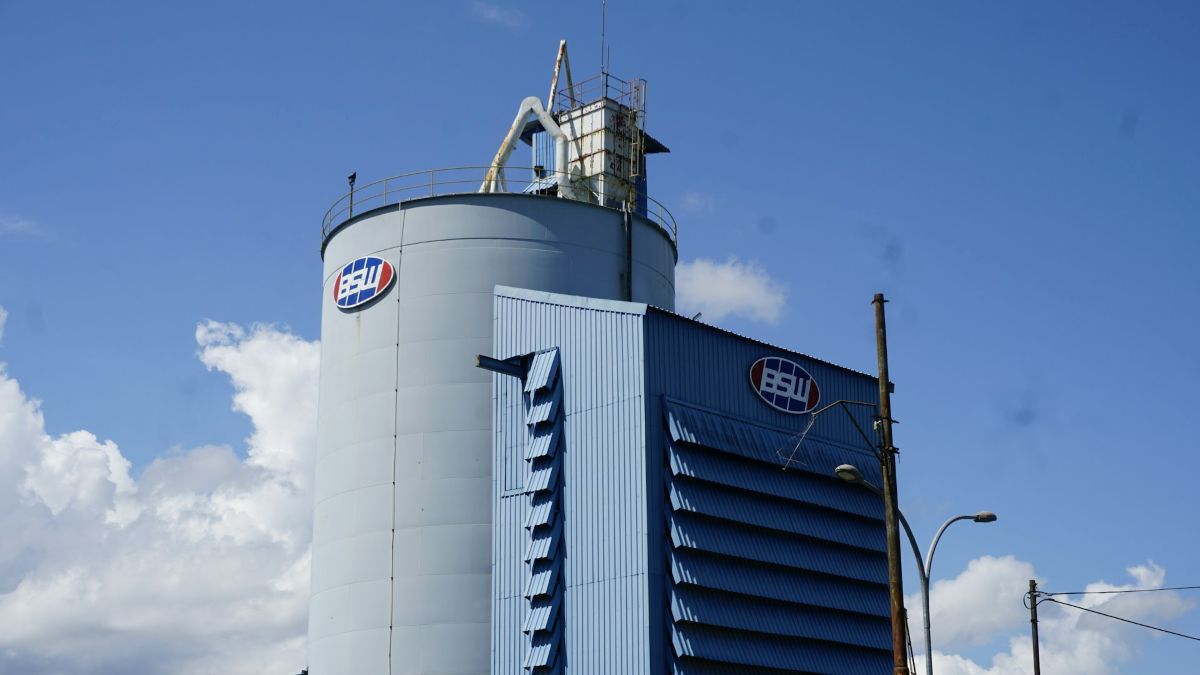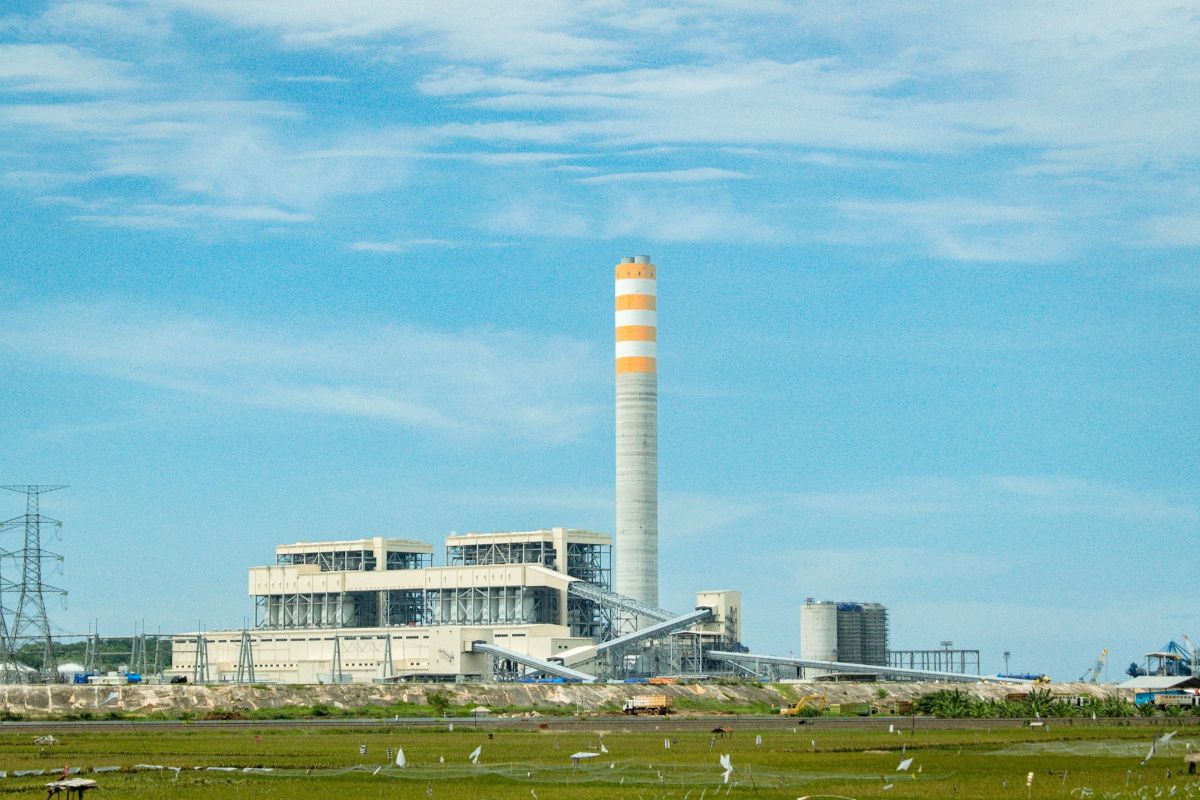Table of Contents
ToggleThe Indonesia manufacturing industry is a cornerstone of its economy, reflecting the country’s evolving industrial base, rich resource endowment, and strategic economic vision. As Southeast Asia’s largest economy, Indonesia is transitioning from a resource-dependent exporter to a hub of value-added manufacturing. This article offers an in-depth exploration of Indonesia’s manufacturing ecosystem: its current state, strategic sectors, and the developments shaping its future.
Current State and Trends in the Indonesia Manufacturing Industry
For Q3 2022, Indonesia manufacturing contributed 16.1% to the country’s GDP, underscoring its role as a major economic engine. In 2023, the sector recorded an output of USD 255.96 billion, up 5.83% from the previous year. This growth demonstrates resilience amid global economic headwinds and highlights the country’s competitiveness in both labor-intensive and capital-intensive industries.
With over 19 million workers employed in the sector, Indonesia manufacturing serves as both an economic pillar and a catalyst for job creation. Major industrial centers in West Java, Central Java, and East Java continue to attract investment, facilitated by industrial zones and special economic corridors. Policy shifts toward infrastructure development, digital innovation, and workforce upskilling have further bolstered industrial productivity.
Read our Indonesia country guide
Strategic Sectors within Indonesia Manufacturing
Textiles and Garments
The textiles and garments industry remains a long-standing pillar of Indonesia’s manufacturing base. It employs millions of workers and contributes significantly to national export earnings. With a rich legacy dating back to the 1970s, this sector has grown through vertical integration, encompassing every stage from fiber and yarn production to weaving, dyeing, and garment assembly. Indonesia exports a wide array of apparel products to major global markets, including the United States, European Union, and Japan.
In recent years, the industry has faced increasing competition from regional peers like Vietnam and Bangladesh. However, Indonesian manufacturers are responding by embracing automation technologies, enhancing production efficiency, and investing in sustainable and environmentally friendly practices. There is a growing shift toward the use of recycled materials and organic cotton, aligned with evolving consumer preferences in international markets. Furthermore, the expansion of digital platforms and B2B marketplaces has enabled smaller manufacturers to access global buyers, offering fresh momentum to the sector’s export potential.
Food and Beverages
Indonesia’s food and beverages industry is one of the country’s most dynamic and resilient manufacturing segments. Supported by vast agricultural resources and a population exceeding 275 million people, the sector benefits from robust domestic demand and significant opportunities for export growth. The industry processes a wide range of raw materials—ranging from palm oil, coffee, and tea to rice, cocoa, and spices—into consumable goods for both domestic and international consumption.
Despite recent contractions in Indonesia’s middle class, the food and beverage (F&B) sector remains resilient, driven by shifting consumer behavior and increasing demand from urban populations. While discretionary spending has tightened, there is sustained interest in affordable packaged and ready-to-eat foods, alongside a growing preference for health-conscious and halal-certified products. These trends are prompting innovation in product development and supply chain efficiency. Leading domestic players such as Indofood and Mayora continue to dominate the market, while foreign multinationals are strategically expanding through joint ventures and localized production. With ongoing government support for agricultural-industrial integration, the F&B industry is positioned to adapt and grow, particularly by tapping into emerging urban segments and export opportunities.
Read more: Vietnam’s Food & Beverage Industry: Growth, Trends, and Future Outlook
Electronics and Digital Manufacturing
Indonesia’s electronics industry has steadily grown, driven by rising domestic consumption, increased digital connectivity, and a growing role in global supply chains. While not yet a major player in semiconductor manufacturing, the country has established itself as a hub for assembling and producing consumer electronics, household appliances, and automotive electronics. As companies seek to diversify production beyond China, Indonesia is gaining traction as an alternative destination due to its cost competitiveness and regional market access.
The government has identified electronics as one of the priority sectors under its “Making Indonesia 4.0” roadmap, aiming to modernize production processes and attract high-tech investment. Initiatives are underway to develop specialized industrial zones for electronics and establish local partnerships with global technology firms. While challenges remain, particularly in skilled labor and infrastructure, the sector holds considerable promise, especially if supported by targeted policy reforms and supply chain integration.
Automotive and EV Manufacturing
Indonesia has emerged as a major automotive manufacturing center in Southeast Asia, second only to Thailand in terms of output. The industry caters to both domestic and export markets, with vehicle sales consistently exceeding one million units annually. A growing middle class, improved infrastructure, and favorable credit conditions have all contributed to robust demand for motor vehicles.
Beyond traditional automotive production, Indonesia is undergoing a strategic shift toward electric vehicles (EVs), driven by its ambition to become a regional EV hub. The government has rolled out an extensive policy framework to support this transition, including tax incentives, import duty exemptions, and mandatory EV procurement targets for state-owned enterprises. Leading global automakers such as Hyundai, Toyota, and VinFast have announced major investments in local EV production facilities. With a strong foundation in vehicle assembly and component manufacturing, combined with abundant nickel reserves critical for EV batteries, Indonesia is positioning itself at the forefront of Asia’s green mobility revolution.
Chemicals and Rubber Products
Indonesia’s chemicals and rubber manufacturing sector is another crucial contributor to industrial output. Drawing on its extensive natural resources—such as petroleum, coal, and natural rubber—the country produces a wide range of chemical inputs and rubber-based products used across agriculture, construction, automotive, and health care industries. The country is the world’s second-largest producer of natural rubber, with major export markets in Europe, the United States, and East Asia.
Over the past decade, the government has prioritized the development of downstream chemical and petrochemical industries, encouraging investment in industrial zones such as Cilegon in Banten and Sei Mangkei in North Sumatra. Indonesia’s tire manufacturing industry, in particular, has grown significantly, supported by domestic demand and global partnerships. Environmental regulations and sustainability concerns are prompting firms to upgrade facilities and adopt cleaner production technologies, reinforcing the sector’s long-term viability.

Recent Developments Reshaping the Landscape of Indonesia manufacturing
Recent policy shifts and industrial projects are transforming the contours of the Indonesia manufacturing sector.
Nickel Processing and Downstreaming Strategy
A landmark transformation in Indonesia’s industrial policy came with the 2014 ban on raw nickel ore exports. This bold move was designed to encourage value-added processing within the country, and the results have been remarkable. By 2024, Indonesia accounted for 61% of the global refined nickel supply, becoming a key player in global stainless steel and battery supply chains. The downstreaming strategy has attracted significant foreign direct investment, particularly from China and South Korea, in the form of smelters, industrial parks, and integrated processing facilities.
The majority of nickel processing operations are concentrated in Sulawesi and Maluku, where industrial clusters have sprung up with dedicated port and energy infrastructure. These investments are not only driving job creation but also fostering technology transfer and skills development. Indonesia’s dominance in the refined nickel market gives it a unique advantage in the global transition toward low-carbon technologies, particularly electric vehicles and renewable energy storage systems.
Electric Vehicles (EVs)
As stated previously, Indonesia’s push to develop an EV ecosystem is one of the most ambitious industrial transformations underway in the country. Recognizing its vast nickel reserves and growing automotive expertise, the government has set a target to become a global EV manufacturing hub. As part of this strategy, it has introduced policies to stimulate both supply and demand—from offering incentives to EV producers to supporting the rollout of a nationwide charging infrastructure.
Vietnamese automaker VinFast, for instance, has committed to building a manufacturing facility in West Java with an annual production capacity of 50,000 EVs, while also planning the installation of 100,000 charging stations across the country. Domestic firms are also entering the market, supported by strategic collaborations and technology licensing agreements. The government’s long-term goal is to produce 600,000 electric vehicles and 2.5 million electric two-wheelers annually by 2030, positioning Indonesia as a major exporter to regional and global markets.
Digitalization and Technological Innovation
The Industry 4.0 initiative has begun reshaping the Indonesia manufacturing operations. Emerging technologies such as artificial intelligence (AI), the Internet of Things (IoT), and big data analytics are enhancing operational efficiency, reducing safety risks, and supporting predictive maintenance. The government is encouraging the integration of digital technologies through tax incentives, research grants, and collaboration with universities.
As Indonesia manufacturing companies become more data-driven, the country is improving its industrial productivity and readiness for the digital economy.
Alumina Refinery and Mineral Downstreaming
In September 2024, Indonesia marked a significant milestone in its mineral downstreaming policy with the launch of a $941 million alumina refinery in West Kalimantan. Jointly operated by state-owned enterprises Aneka Tambang (Antam) and Inalum, the facility processes bauxite into smelter-grade alumina, a key intermediate for aluminum production. This development reduces Indonesia’s reliance on raw bauxite exports and supports the establishment of a full aluminum value chain within the country.
The alumina refinery reflects a broader government strategy aimed at transforming Indonesia from a raw commodity exporter to an integrated producer of industrial materials. With additional projects planned in copper, rare earths, and other strategic minerals, Indonesia is seeking to capture more value domestically and strengthen its position in global supply chains. These initiatives are crucial for creating industrial resilience and enabling long-term economic diversification.
Read more: The Indonesia Energy Sector: Growth, Opportunities, and Investment Potential
Investment Opportunities and Strategic Considerations
Indonesia offers a compelling investment proposition for manufacturers and industrial investors. Its strategic location in Southeast Asia places it at the crossroads of key trade routes, providing access to markets across ASEAN, East Asia, and the Indian Ocean. The country also enjoys a demographic dividend, with a youthful labor force of over 140 million people and a median age of just under 30. Labor costs remain competitive relative to regional peers, making Indonesia attractive for both labor-intensive and capital-intensive industries.
The government continues to improve the investment climate through regulatory reforms, infrastructure development, and fiscal incentives. Industrial estates and Special Economic Zones (SEZs) offer streamlined licensing procedures, tax holidays, and import duty exemptions. However, investors must also navigate challenges such as bureaucratic complexity, inconsistent policy implementation, and environmental considerations. Firms that align their strategies with Indonesia’s sustainability agenda and national development priorities will be best positioned to succeed in this dynamic market.
Conclusion
The Indonesia manufacturing sector is undergoing a profound transformation driven by industrial upgrading, digital modernization, and green economic policies. From textiles and electronics to EVs and chemicals, Indonesia is leveraging its natural and human resources to redefine its industrial identity. For investors and business leaders, the country offers a rare combination of opportunity and scale—but demands thoughtful navigation of its policy and operational landscape.
To effectively navigate the dynamic Indonesia manufacturing sector and maximize your investment potential, consider leveraging our Employer of Record services. We provide comprehensive support, from legal compliance to human resource management, enabling you to focus on strategic growth and innovation.
Contact Eos Global Expansion today. Check our services here or book a free consultation now.
Photo by Muhammad Abdul Majid on Unsplash







